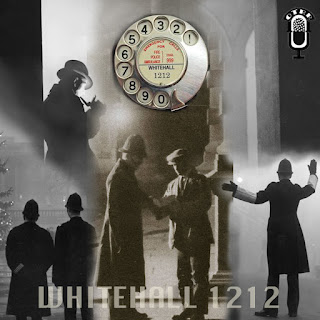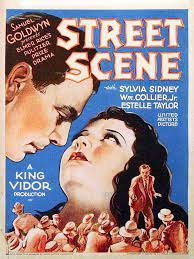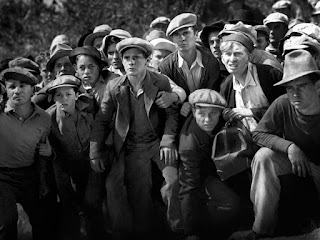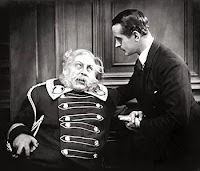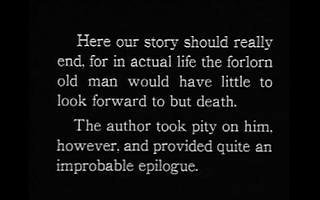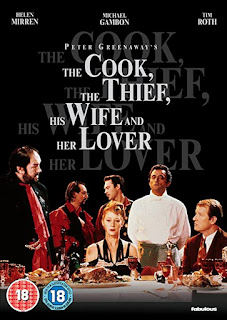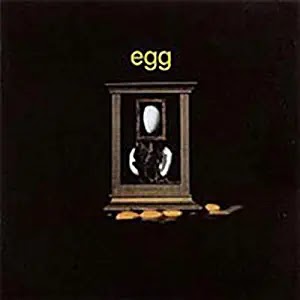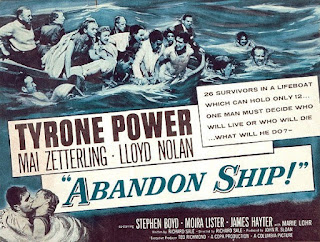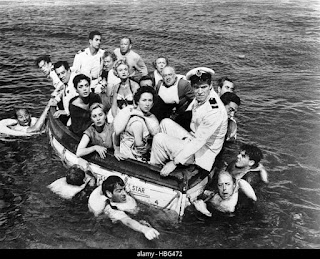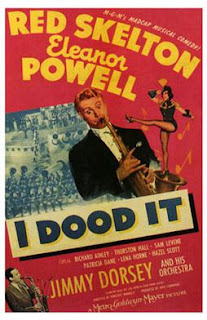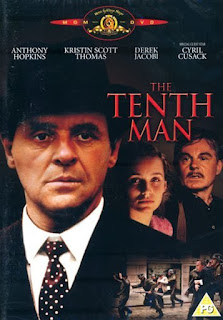Written by Henri Marquet, Sylvain Chomet (screeplay), Jacques Tati (story)
IMDB Entry
Jacques Tati is the last of the great silent comedians.* He started making films long after sound came in, but continued the art form. There was sound, but no actual conversations. They story was told through actions and character reactions. Generally, any speech was short and consisting of a handful of words. But the visual comedy was top notch,Tati died in 1982. He only directed five full-length features, all of which are gems of comedy. The Illusionist is an animated film that was adapted from a screenplay that he never directed.
It's the story of Tatisheff,** a stage magician. He's good, but no one is interested in his act, and he keeps appearing in smaller and smaller venues. He travels with his recalcitrant rabbit, to a small village in Scotland for a performance, and sees a young woman, Alice, working as a maid. Feeling sorry for her, he buys her a pair of decent shoes. When he travels from there to Edinburgh, she decides to go with him.
They hole up in a theatrical hotel and he gets work where he can, while she admires him, and they set up a father-daughter relationship.
The gags are funny and, in typical Tati fashion, there are more than one going on at once. It's not slapstick, but about the reaction of the human reactions to the event.
There are plenty of memorable characters, especially in the hotel. There's a ventriloquist who is kind to Alice and never puts his dummy down, three acrobat who are always practicing their art, the hotel owners who are little people and who go in their office by only opening the lower part of a Dutch door, and a rock band that steals his thunder.
The film is visually superb. Backgrounds are filled with details and the portrayal of things like smoke and rain is unsurpassed.
The movie got an Oscar nomination but didn't win. Director Chomet had made a mark with The Triplets of Bellevue, but hasn't been able to do much since, especially since his studio and distributor folded.
There was some controversy over the film. Tati had written it for his daughter, as a way of apologizing her for his being too busy for her. Members of the family didn't like the usage, and objected to changes that Chomet had made, but I think the result is well worth it.
You don't have to know Tati to enjoy this. It's full of charm and pathos and an example of a film that uses animation in a way that is rarely seen.
_____________________________________________________________
*I don't count Mel Brooks, whose foray into silent comedy was a one-off thing. Shaun the Sheep is the only real challenger.
**Tati's real name. The character design is clearly based on Tati, too.


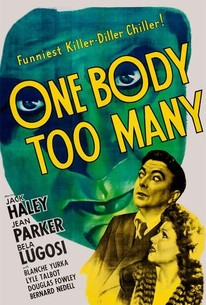

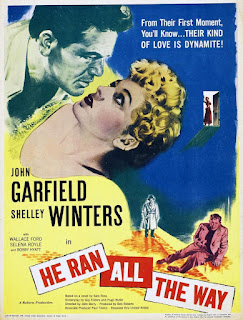

.jpg)
